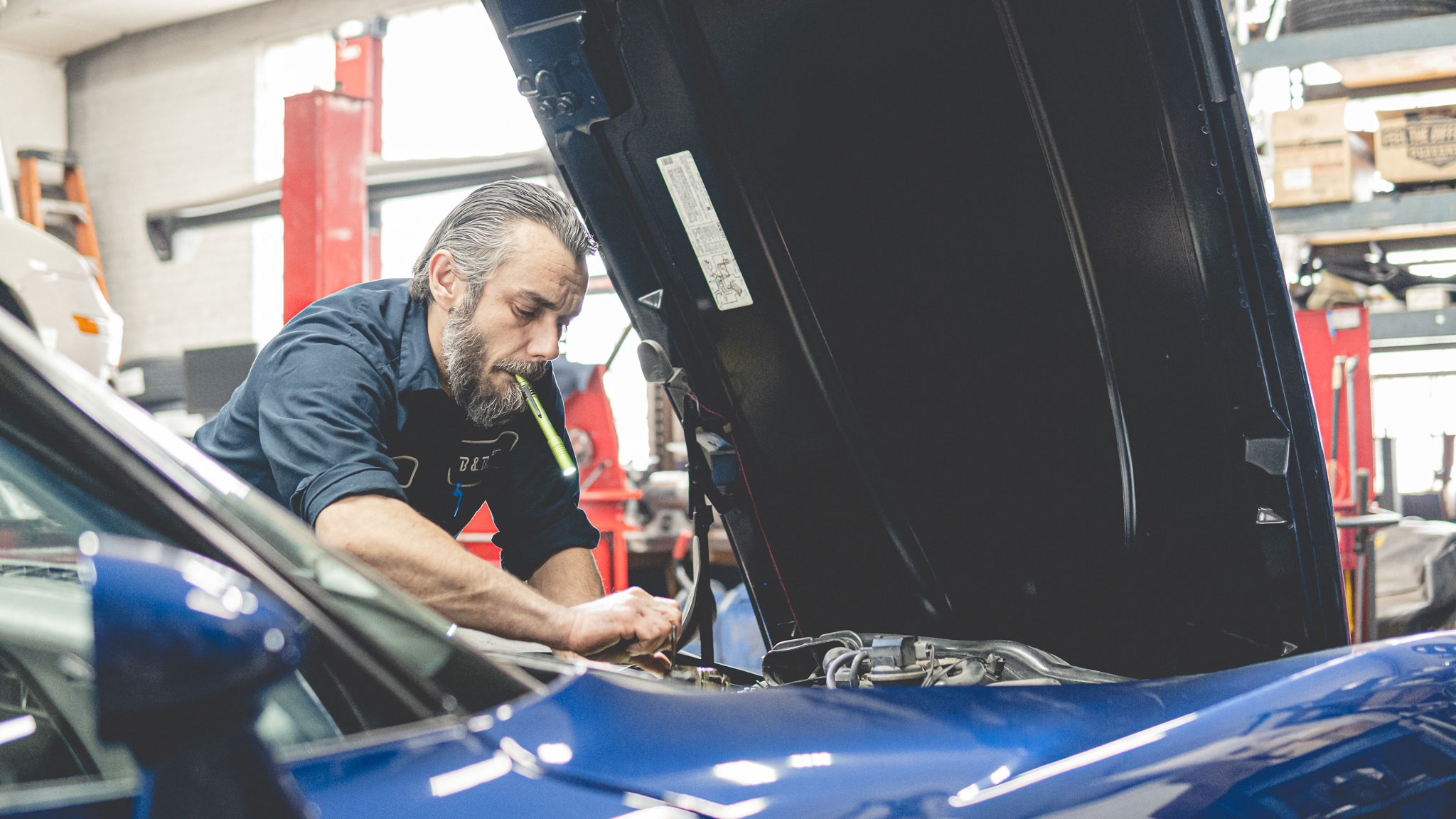All Categories
Featured
Your automobile's suspension system plays an important duty in delivering a stable and smooth experience, making certain that you preserve control on various surfaces. It takes in road shocks, sustains the lorry's weight, and keeps tires touching the roadway. Proper upkeep of this complex system is crucial for safety and security and performance. Comply with these steps to ensure your suspension system remains in ideal condition.
![]()
Leaking Fluid: Shocks or struts might leakage oil when they're used. Damaged Springs: A sagging or unequal position might indicate a broken spring. Worn Bushings or Round Joints: Fractures, splits, or uncommon motion throughout operation suggest wear. Rust or Rust: In time, metal parts may corrode, bring about damaged elements. Deal with any kind of issues quickly by getting in touch with a professional technician.
![]()
Feathery Footstep: Indicates poor alignment. Bald Edges: Suggests worn shocks or shows off causing extreme jumping. Turn your tires on a regular basis and maintain the right tire stress to decrease stress on the suspension system. 3. Replace Shocks and Shows Off When Necessary. Struts and shocks are vital to your suspension's performance. Signs they need changing consist of:
A bouncy or harsh adventure. Nose-diving when braking. Extreme body roll when turning. Replacing these components at the suggested intervals (every 50,000 to 100,000 miles, depending on driving conditions) can recover ride top quality and handling.
Stay clear of driving over craters, aesthetics, and rate bumps at broadband. Take corners delicately to stop too much lateral pressures. Slow down on rough roadways to reduce wear and tear. 6. Arrange Routine Alignments. Wheel alignment ensures that your tires and suspension work sympathetically. Misaligned wheels can trigger steering issues, uneven tire wear, and extra stress and anxiety on suspension components. Schedule an alignment examine yearly or after hitting a considerable hole.
![]()
Final thought. A properly maintained shock absorber enhances driving convenience, boosts safety, and expands the life of your lorry. By remaining proactive with inspections, attending to concerns promptly, and driving properly, you can protect this important system for many years to come. Spend in proper suspension maintenance today, and appreciate a more secure, smoother adventure on every trip.

- Inspect Suspension Parts On A Regular Basis. Routine aesthetic inspections can help identify possible problems early. Seek the following indications:
Leaking Fluid: Shocks or struts might leakage oil when they're used. Damaged Springs: A sagging or unequal position might indicate a broken spring. Worn Bushings or Round Joints: Fractures, splits, or uncommon motion throughout operation suggest wear. Rust or Rust: In time, metal parts may corrode, bring about damaged elements. Deal with any kind of issues quickly by getting in touch with a professional technician.

- Display Tire Wear. Unequal tire wear typically indicates suspension problems. For example:
Feathery Footstep: Indicates poor alignment. Bald Edges: Suggests worn shocks or shows off causing extreme jumping. Turn your tires on a regular basis and maintain the right tire stress to decrease stress on the suspension system. 3. Replace Shocks and Shows Off When Necessary. Struts and shocks are vital to your suspension's performance. Signs they need changing consist of:
A bouncy or harsh adventure. Nose-diving when braking. Extreme body roll when turning. Replacing these components at the suggested intervals (every 50,000 to 100,000 miles, depending on driving conditions) can recover ride top quality and handling.
- Stay Clear Of Overloading Your Vehicle. Overloading your auto puts unneeded stress on the shock absorber. Surpassing your lorry's weight capability can bring about early wear and lowered efficiency. Always check your owner's guidebook for the optimum tons limitation and pack as necessary.
- Be Mindful of Your Driving Routines. Driving habits considerably impact the health of your suspension system. To minimize pressure:
Stay clear of driving over craters, aesthetics, and rate bumps at broadband. Take corners delicately to stop too much lateral pressures. Slow down on rough roadways to reduce wear and tear. 6. Arrange Routine Alignments. Wheel alignment ensures that your tires and suspension work sympathetically. Misaligned wheels can trigger steering issues, uneven tire wear, and extra stress and anxiety on suspension components. Schedule an alignment examine yearly or after hitting a considerable hole.
- Lube Moving Parts. Some suspension components, like ball joints and bushings, gain from occasional lubrication. This minimizes rubbing, decreases wear, and expands their life-span. Check your proprietor's manual or consult your technician for specific lubrication suggestions.
- Focus On Normal Specialist Inspections. While DIY maintenance aids, specialist examinations are important for recognizing concealed problems. Professionals can assess hard-to-spot problems like worn control arms or concealed structural damage. Normal assessments also provide peace of mind, making certain all parts are functioning correctly.

Final thought. A properly maintained shock absorber enhances driving convenience, boosts safety, and expands the life of your lorry. By remaining proactive with inspections, attending to concerns promptly, and driving properly, you can protect this important system for many years to come. Spend in proper suspension maintenance today, and appreciate a more secure, smoother adventure on every trip.
Latest Posts
Experience the Beauty of Hardwood Floor Covering with Carpet Interiors Floor & Home
Published Apr 19, 25
1 min read
Low-Cost Car Services: Expert Repairs at a Great Price
Published Apr 19, 25
2 min read
Top-Quality Auto Repair in Your Area - Trust Montclare’s Expert Technicians
Published Apr 19, 25
2 min read
More
Latest Posts
Experience the Beauty of Hardwood Floor Covering with Carpet Interiors Floor & Home
Published Apr 19, 25
1 min read
Low-Cost Car Services: Expert Repairs at a Great Price
Published Apr 19, 25
2 min read
Top-Quality Auto Repair in Your Area - Trust Montclare’s Expert Technicians
Published Apr 19, 25
2 min read